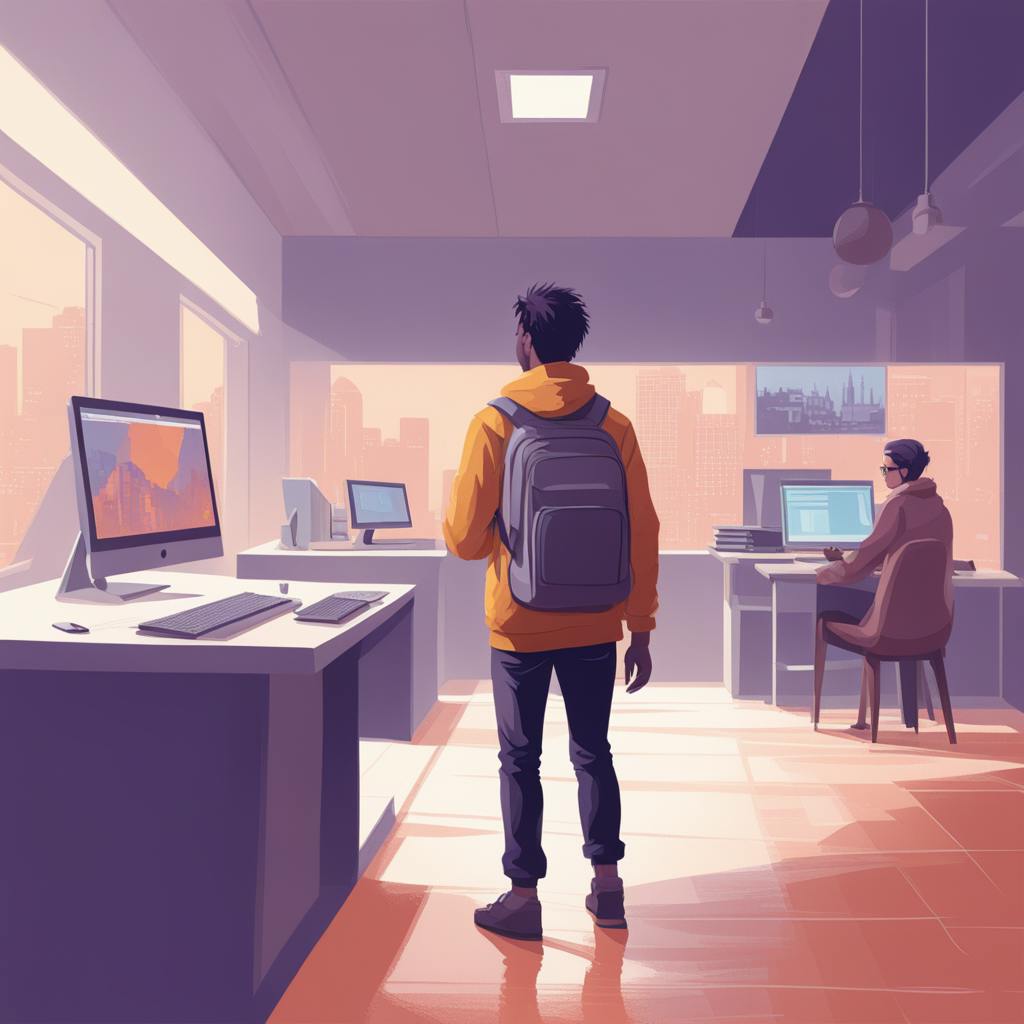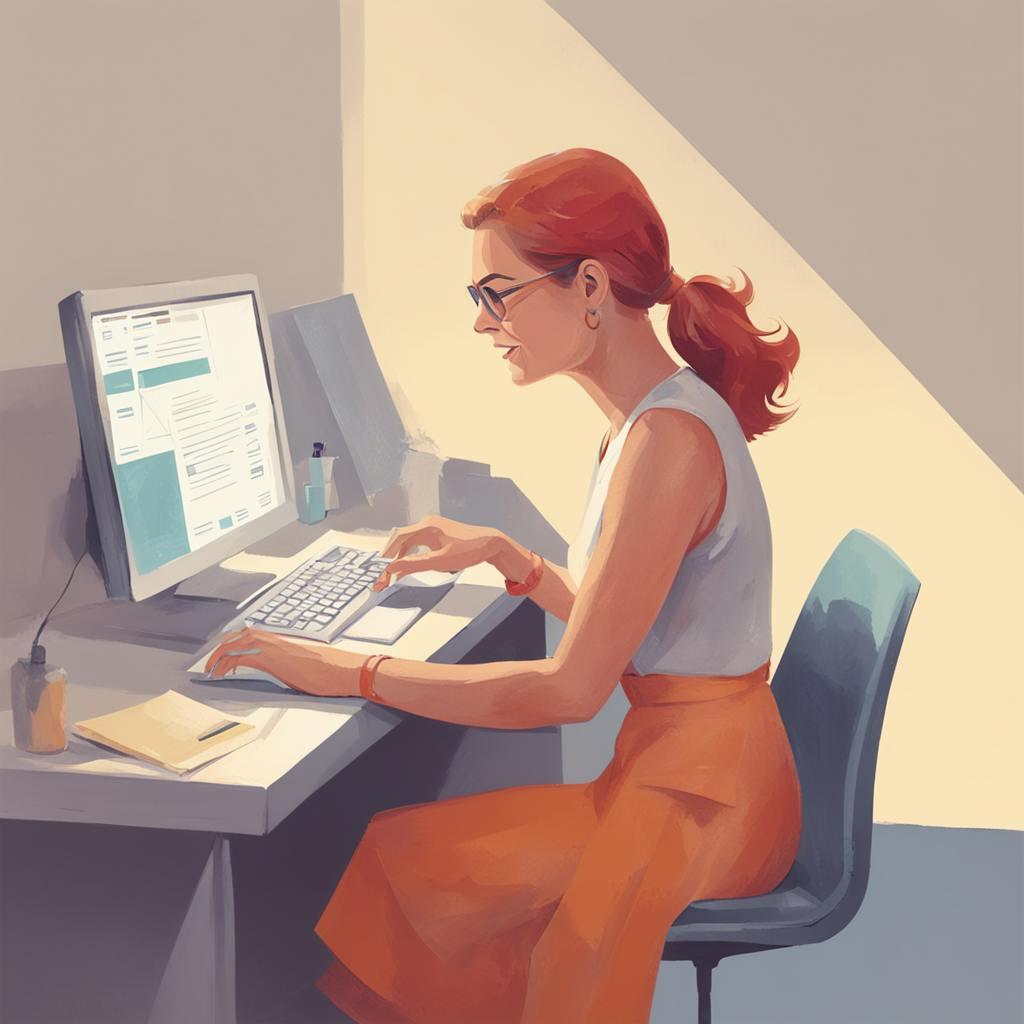In the ever-evolving world of art, the transition from traditional to digital mediums has created an expansive landscape for creativity and innovation. Today, an 'online illustrator' is at the center of this artistic revolution, enabling artists of all levels to create, edit, and share their work with ease. Whether you are adjusting a complex vector in Adobe Illustrator or editing an EPS file online, the tools and possibilities are nearly endless. This article will explore this fascinating shift, offering an in-depth look at how illustrators can leverage online platforms to enhance their art practice.
The Evolution of Illustration: From Hands-On to Digital Tools
Traditional Art: The Foundation of Modern Illustration
Historically, illustration has been a tactile endeavor. Artists relied on pencils, brushes, and canvases to bring their visions to life. These tools required a deep understanding of technique, materials, and an endless amount of patience. While traditional methods continue to play a crucial role in artistic development, the advent of digital technology has expanded the possibilities for illustrators exponentially.
Rise of Digital Art: Adobe Illustrator and the Power of Vectors
Digital illustration began to gain prominence with the introduction of programs like Adobe Illustrator. Adobe Illustrator is an industry-standard software providing a robust platform for creating vector art. These scalable art pieces can be resized with no loss of quality, making them ideal for everything from tiny icons to massive billboards.
Being adept with Adobe Illustrator is almost a rite of passage for modern illustrators. However, what if you need to edit Adobe Illustrator files online or adjust an EPS file outside of the native program? This is where the 'online illustrator' tools come into play.
Online Illustrators: The New Frontier
As remote work and digital collaboration grow, online illustrator tools have become essential for creating and editing vector graphics without expensive hardware or software installations.
Edit Adobe Illustrator Files Online: Flexibility Meets Functionality
Online tools allow designers to upload, modify, and export `.ai` files directly in their browsers, offering core Adobe Illustrator functionalities.
Benefits:
Flexibility: Work from anywhere without dedicated hardware.
Ease of use: No downloads or installations required.
Limitations:
- Restricted advanced features.
- Performance depends on internet speed.
EPS File Editor: Simplifying Complex Edits
Online EPS editors provide intuitive tools for resizing, recoloring, and editing elements within EPS files.
Benefits:
- Beginner-friendly interfaces.
- Fast, accessible editing without complex setups.
Limitations:
- Limited support for advanced EPS features.
- Offline functionality is often unavailable.
Key Benefits of Online Illustrators
- Accessibility: Work from any device, anywhere.
- Cost-Effective: Freemium and subscription models make tools affordable.
- Real-Time Collaboration: Teams can edit and comment simultaneously.
Limitations and Adaptation
- Online tools can face performance constraints, limited advanced features, and data security concerns. Artists should choose tools based on project complexity, utilize cloud storage, and stay updated on platform improvements.
- Online illustrators provide flexibility, affordability, and collaboration, making them essential for modern creatives.

AI made with Dean Jones
FAQ: Online Illustrator
What is the best way to edit Adobe Illustrator files online?
Some popular online platforms like Figma, Photopea, and Vector offer tools to edit Adobe Illustrator files online efficiently. These platforms provide a range of functionalities, from basic adjustments to complex vector manipulations.
Can I edit EPS files without Adobe Illustrator?
Yes, several online EPS file editors such as Gravit Designer and InkScape offer robust solutions for editing EPS files without needing Adobe Illustrator. These tools typically support importing, editing, and exporting in multiple formats.
Are online illustrator tools suitable for professional work?
Absolutely. Many professional artists and graphic designers use online illustrator tools for their projects due to their convenience and advanced features. While desktop software remains a staple, online tools bridge the gap for on-the-go edits and collaborative work.
What is the difference between traditional and online illustration?
Traditional Illustration
- Medium & Tools: Utilizes physical materials such as paper, canvas, pencils, inks, paints, and brushes.
- Technique: Requires manual techniques like sketching, inking, and painting.
- Physicality: The artwork exists as a tangible object. Mistakes are often harder to correct and may require starting over or covering up errors.
- Preservation & Distribution: Needs careful storage for preservation and typically requires physical transportation for exhibitions and sales.
Online Illustration
- Medium & Tools: Created using digital tools and software on computers, tablets, or smartphones.
- Technique: Incorporates digital methods like vector drawing, digital painting, and 3D modeling. Layers and undo options simplify corrections.
- Virtuality: The artwork exists as a digital file. It can be replicated easily and is often editable after completion.
- Preservation & Distribution: Easily stored on digital platforms, shared via the internet, and distributed to a global audience with ease.
How has the world of art evolved with online illustrations?
- Accessibility: Digital platforms democratize the world of illustration, enabling artists from diverse backgrounds to share their work widely without the barriers of traditional galleries or physical markets.
- Innovation: New digital tools and technologies continuously expand creative possibilities. Features like infinite canvas, customizable brushes, and 3D rendering have pushed the boundaries of traditional art forms.
- Collaboration: Online platforms and software facilitate easier collaboration among artists globally. Cloud-based tools allow multiple users to work on the same project in real-time.
- Economic Opportunities: Online marketplaces and social media have created new revenue streams through commissions, print-on-demand services, and NFTs (Non-Fungible Tokens), bringing monetization opportunities directly to illustrators.
- Cultural Exchange: The internet fosters cross-cultural exchanges, allowing illustrators to draw inspiration from a vast array of global artistic traditions and styles.
What tools do online illustrators typically use in their work?
Hardware
- Graphics Tablets: Devices like Wacom, Huion, or iPad Pro with Apple Pencil.
- Computers: High-performance desktops or laptops capable of running intensive graphic software.
Software
- Adobe Creative Suite: Photoshop, Illustrator, and Fresco for comprehensive illustration capabilities.
- CorelDRAW & Corel Painter: Widely used for vector graphics and digital painting.
- Procreate: A powerful illustration app for iPad that’s favored by many professionals.
- Clip Studio Paint: Popular among comic and manga artists for its specialized tools.
- Blender: Open-source software used for 3D modeling and animation.
Online Platforms
- Behance & ArtStation: Portfolios and networking.
- Patreon: Allows artists to gain financial support from fans.
- Etsy & Society6: For selling prints and merchandise.
- Discord communities and social media (Instagram, TikTok): For exposure, networking, and community building.

AI made with Dean Jones
What are the major challenges and benefits of transitioning from traditional to online illustration?
Challenges
- Learning Curve: Mastering new tools and software can be daunting. Artists may need to invest significant time in learning digital techniques and software proficiency.
- Initial Investment: High-quality digital tools and software can be expensive. There’s an upfront cost associated with setting up a digital workstation.
- Digital Fatigue: Working long hours on screen can lead to physical strain, such as eye strain and repetitive strain injuries.
Benefits
- Enhanced Creativity: Digital tools offer a variety of features that allow for new artistic expressions and easier experimentation without fear of wasting materials.
- Efficiency: Digital workflows can greatly speed up the process of creating, editing, and revising illustrations.
- Versatility: Digital illustrations are easily adapted to various formats (web, print, animation), and can be stored, exported, and shared in multiple ways.
- Market Reach: The internet provides global access to an artist's work, creating opportunities for professional growth and audience engagement that were previously unavailable.
- Eco-friendly: Reduces the need for physical materials, potentially minimizing the environmental footprint associated with traditional art supplies.
The journey from traditional illustration to digital and online platforms has transformed the art world, offering unparalleled flexibility and creative freedom. Whether you are looking to edit Adobe Illustrator files online or manipulate an EPS format, the tools at your disposal are both powerful and accessible. As technology continues to evolve, the 'online illustrator' will undoubtedly become an even more integral part of the artistic process.
By embracing these innovative solutions, artists can push the boundaries of their creativity, collaborate effortlessly, and bring their visions to life, no matter where they are. The future of illustration is online, and the possibilities are limitless.

